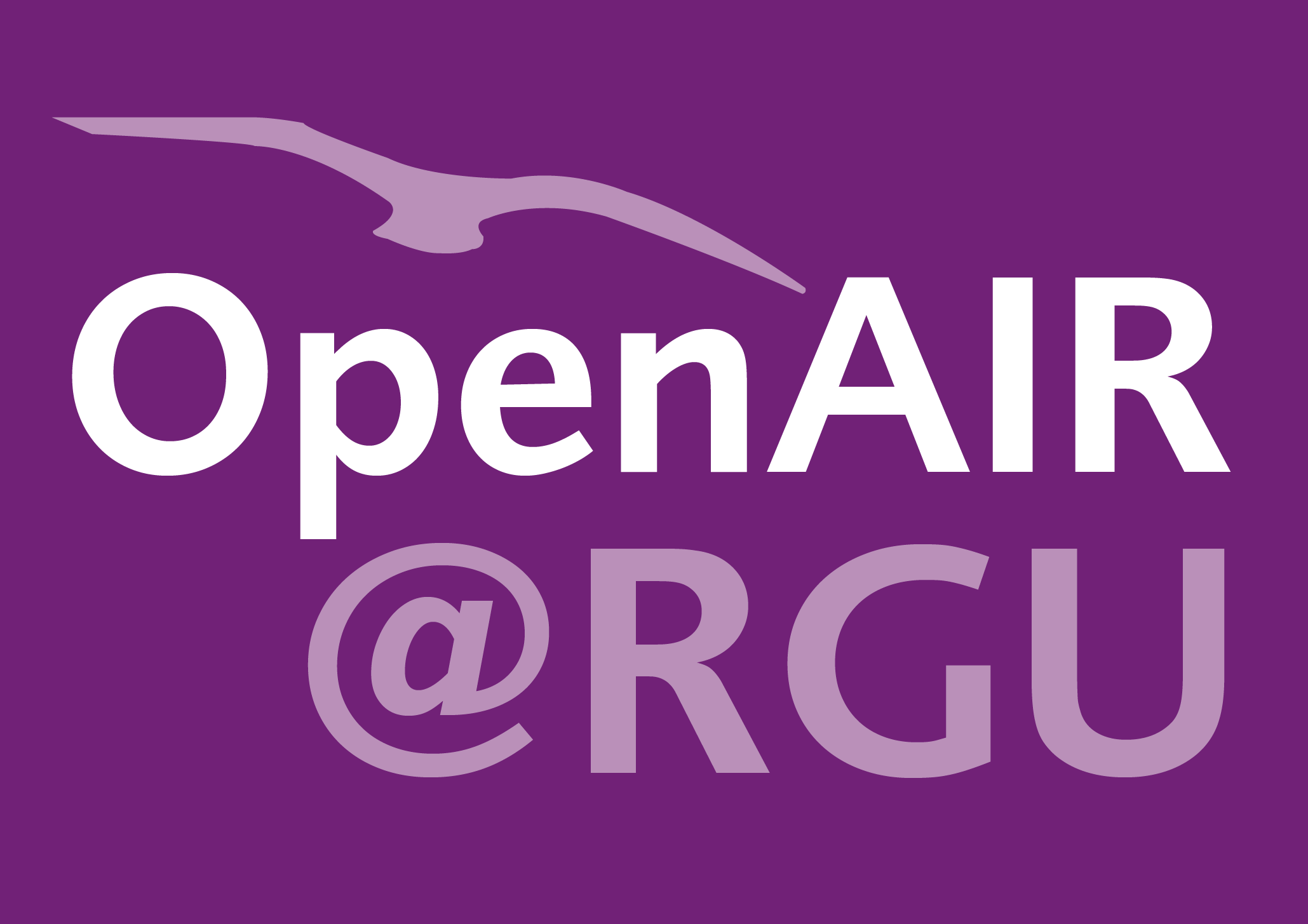Stian Larsen
Resistance training beyond momentary failure: the effects of past-failure partials on muscle hypertrophy in the gastrocnemius
Larsen, Stian; Swinton, Paul Alan; Sandberg, Nordis Østerås; Kristiansen, Benjamin Sandvik; Fredriksen, Andrea Bao; Falch, Hallvard Nygaard; van den Tillaar, Roland; Wolf, Milo
Authors
Professor Paul Swinton p.swinton@rgu.ac.uk
Professor
Nordis Østerås Sandberg
Benjamin Sandvik Kristiansen
Andrea Bao Fredriksen
Hallvard Nygaard Falch
Roland van den Tillaar
Milo Wolf
Abstract
Muscle hypertrophy is often a desired goal of resistance training, and strategies that extend training beyond momentary failure may enhance muscular adaptations. Thus, the objective of this study was to assess whether performing additional past-failure partial repetitions beyond momentary failure increased muscle hypertrophy. A total of 23 untrained men completed a 10-week within-participant intervention study. This study comprised two weekly resistance training sessions of four sets of standing Smith machine calf raises. One limb was randomly allocated to the control condition performing sets to momentary failure (PLANTARMF), and the other limb was allocated to the test intervention that included additional past-failure partial repetitions in the lengthened position (DORSIvf). Muscle thickness of the medial gastrocnemius muscle was measured both pre- and post-intervention via ultrasound. Data were analysed within a Bayesian framework using a mixed-effect model with random effects to account for the within-participant design. The average treatment effect (ATE) was measured to assess any difference in condition and inferences made based on the ATE posterior distribution and associated Bayes Factor (BF). The main findings were that the PLANTARMF and DORSIVF legs increased medial gastrocnemius hypertrophy by 6.7 and +9.6%, respectively. The results identified an ATE favouring the inclusion of additional partial repetitions (0.62 [95%CrI: 0.21–1.0 mm; p(>0) = 0.998]) with ‘strong’ evidence (BF = 13.3) supporting a priori hypothesis. Therefore, when the goal is to train for maximum gastrocnemius hypertrophy over a relatively short time period, we suggest performing sets beyond momentary failure as a likely superior option.
Citation
LARSEN, S., SWINTON, P.A., SANDBERG, N.Ø., KRISTIANSEN, B.S., FREDRIKSEN, A.B., FALCH, H.N., VAN DEN TILLAR, R. and WOLF, M. 2025. Resistance training beyond momentary failure: the effects of past-failure partials on muscle hypertrophy in the gastrocnemius. Frontiers in psychology [online], 16, article number 1494323. Available from: https://doi.org/10.3389/fpsyg.2025.1494323
| Journal Article Type | Article |
|---|---|
| Acceptance Date | Jan 13, 2025 |
| Online Publication Date | Feb 10, 2025 |
| Publication Date | Dec 31, 2025 |
| Deposit Date | Mar 6, 2025 |
| Publicly Available Date | Mar 6, 2025 |
| Journal | Frontiers in psychology |
| Electronic ISSN | 1664-1078 |
| Publisher | Frontiers Media |
| Peer Reviewed | Peer Reviewed |
| Volume | 16 |
| Article Number | 1494323 |
| DOI | https://doi.org/10.3389/fpsyg.2025.1494323 |
| Keywords | Calf raises; Proximity-to-failure; Muscle thickness; Medial gastrocnemius; Ultrasound |
| Public URL | https://rgu-repository.worktribe.com/output/2726352 |
| Additional Information | This article has been published with separate supporting information. This supporting information has been incorporated into a single file on this repository and can be found at the end of the file associated with this output. |
Files
LARSEN 2025 Resistance training beyond (VOR)
(4.7 Mb)
PDF
Publisher Licence URL
https://creativecommons.org/licenses/by/4.0/
Copyright Statement
© 2025 Larsen, Swinton, Sandberg, Kristiansen, Fredriksen, Falch, van den Tillaar and Wolf. This is an open-access article distributed under the terms of the Creative Commons Attribution License (CC BY).
You might also like
Downloadable Citations
About OpenAIR@RGU
Administrator e-mail: publications@rgu.ac.uk
This application uses the following open-source libraries:
SheetJS Community Edition
Apache License Version 2.0 (http://www.apache.org/licenses/)
PDF.js
Apache License Version 2.0 (http://www.apache.org/licenses/)
Font Awesome
SIL OFL 1.1 (http://scripts.sil.org/OFL)
MIT License (http://opensource.org/licenses/mit-license.html)
CC BY 3.0 ( http://creativecommons.org/licenses/by/3.0/)
Powered by Worktribe © 2025
Advanced Search
